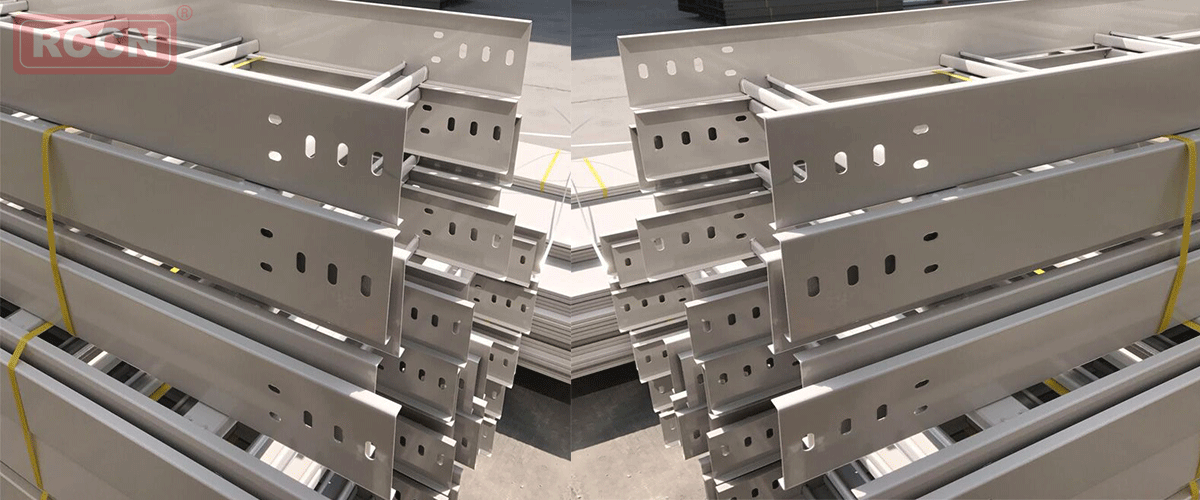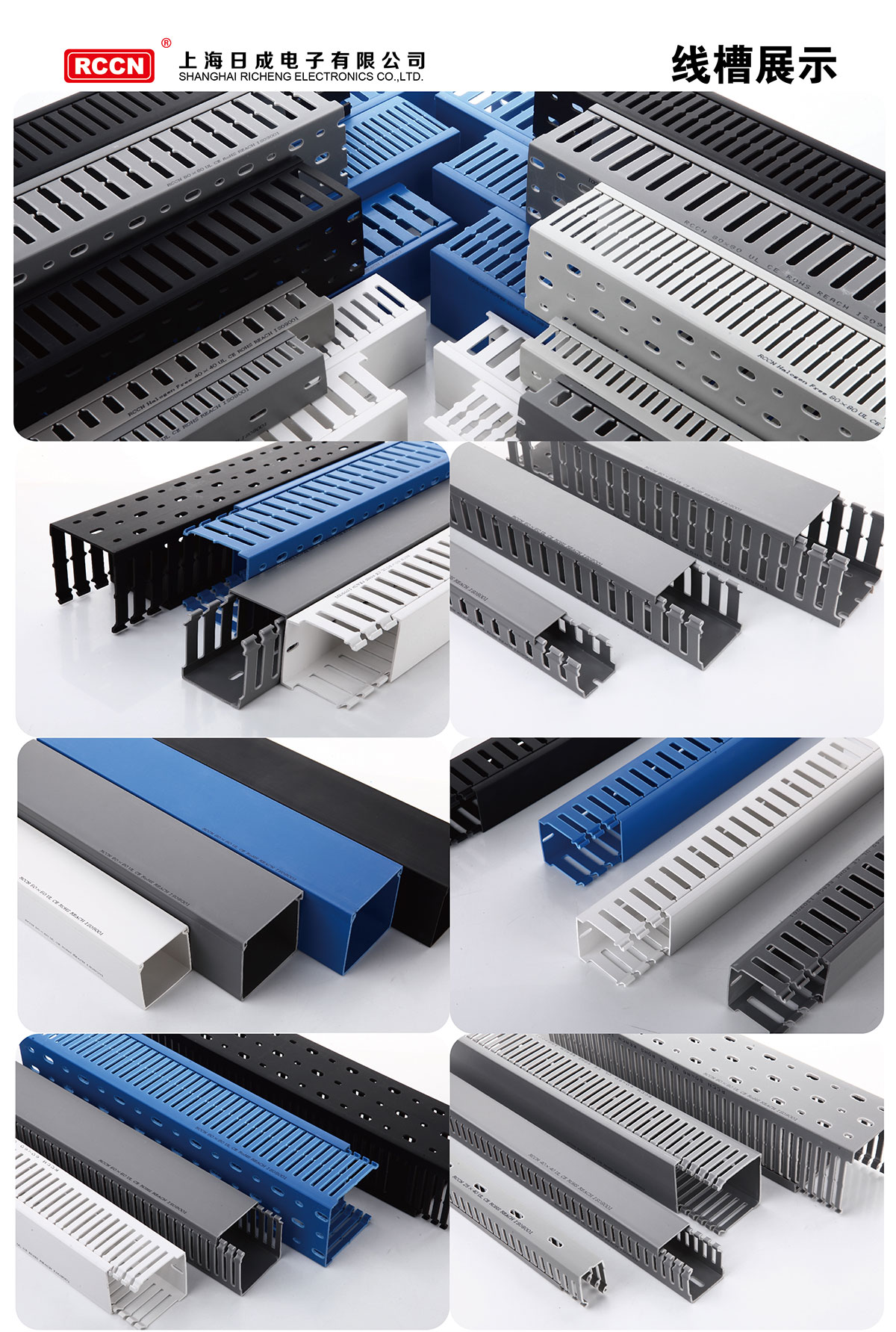Bridge
The bridge frame is divided into: trough type, tray type, ladder type, net format and other structures, which are composed of brackets, support arms and mounting accessories. It can be erected independently or attached to various building (structure) and pipe brackets. It features simple structure, beautiful appearance, flexible configuration and convenient maintenance. All parts need to be galvanized and installed in buildings. If the bridge is outside the open sea or belongs to the corroded area, the material must have the characteristics of anti-corrosion, moisture resistance, good adhesion and high impact strength.

Trunking
The trunking is divided into: insulated wiring trough, split wiring trough, mini wiring trough, separate wiring trough, interior wiring trough, integrated insulated wiring trough, telephone wiring trough, and Japanese telephone Wiring trough, open wire wiring trough, circular wiring duct, exhibition partition wiring trough, round floor wiring trough, flexible round floor wiring trough, cover wiring trough, etc. According to the different materials, the trunking is divided into various types. Commonly used are environmentally friendly PVC trunking, halogen-free PPO trunking, halogen-free PC/ABS trunking, metal wire and other metal trunking.

1. Dimensions and specifications are different. The bridge is relatively large (200 x 100 to 600 x 200) and the trunking is relatively small. If there are more cables and wires, it is recommended to use a bridge.
2. The material thickness is different. According to JGJ16-2008-5.1 metal trough, also known as trough bridge, is a trough-shaped part which is generally bent from a 0.4-1.5mm thick steel plate. The difference between the concept and the bridge is that the height and width are different, and the tray is shallow. Wide, metal trunking has a certain depth and tightness. However, the bridge is stronger than the trunk, more for the cable, and of course the discharge line, usually for high-power systems.
3. The filling rate is different. According to JGJ16-20088.5.3, the total section of the wire and cable in the trunking should not exceed 20% of the section in the trunking, the current carrying conductor should not exceed 30, and the total section of the bridge should not exceed 40% of the section. This is due to the difference in mounting height. The mounting height is lower and there must be a cover plate. If the cover is not well cooled, the filling rate will be smaller.
4. Different sealing properties. The metal trunking is well sealed and does not have to be supported by the brackets. It can be laid in cable trenches and building interlayers. Some of the trough bridges are semi-open, and must be supported by brackets. They are generally erected in the air inside or outside the house.
5. Different strengths. The bridge is mainly used for laying power cables and control cables. The strength of the trunking is low, and it is usually used for laying wires and communication cables, such as VoIP.
6. The turning radius is different. The bending radius of the bridge is relatively large, and most of the trunkings are bent at right angles.
7, the span is different. The span of the bridge is relatively large, and the trunking is relatively small. Therefore, the fixed brackets are quite different, and the number of the hangers is large.
8. The distance between the support and hanger is different. According to JGJ16-2008, the trunking is no more than 2m and the bridge is 1.5~3m.
9, the installation method is different. The bridge has a special specification (see CECS31.91 for details), and the trunking is not fixed by special specifications.
10. Add a cover problem. In CECS31 "Code for Design of Steel Cable Tray Engineering", the bridge is a general name, and the cover is an accessory. As mentioned in JGJ16-20088.10.3, when the height of the bridge installation cannot meet the requirements, the cover should be protected. In other words, the definition of the word bridge is without a cover. However, in GB29415-2013 "Fireproof Cable Tray Box", the wire trough is covered with a cover plate and is an integral part of the wire trough.
















 RCCN WeChat QrCode
RCCN WeChat QrCode Mobile WebSite
Mobile WebSite